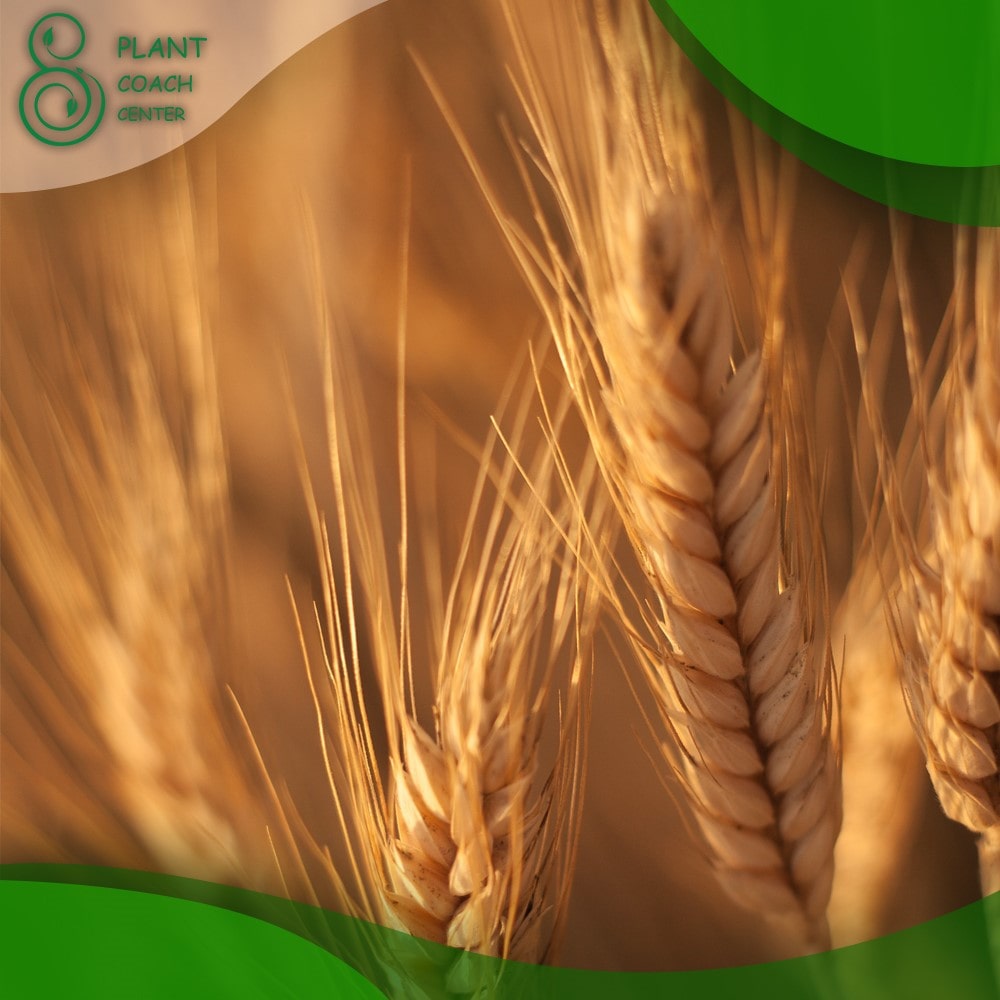When to Plant Wheat: A Comprehensive Guide
Planting wheat at the right time is crucial for optimizing yields and ensuring healthy crop development. In this comprehensive guide, we will explore the factors that influence wheat planting dates and provide expert advice on when and how to plant wheat successfully. Whether you are a seasoned farmer or a beginner, this article will equip you with the knowledge needed to make informed decisions for your wheat planting endeavors.
Understanding Wheat Growth and Development
Wheat, a cereal grain widely cultivated for its nutritional value, undergoes various growth stages throughout its life cycle. Understanding these stages is essential for determining the optimal time to plant wheat. Let’s delve into the key growth stages:
– Germination: The process of seed sprouting and root development.
– Tillering: The formation of additional shoots from the base of the main stem.
– Stem Elongation: Rapid growth of the main stem and the emergence of the first node.
– Booting: The stage when the wheat head emerges from the sheath.
– Flowering: The period when the wheat plant produces flowers.
– Grain Filling: The stage when the grains mature and fill with starch.
– Ripening: The final stage when the wheat plant reaches maturity and is ready for harvest.
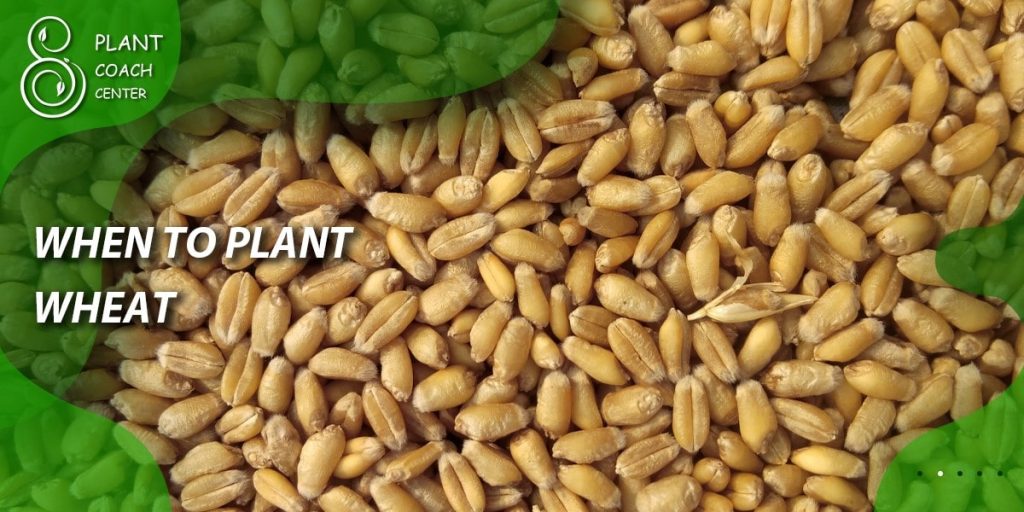
Factors Influencing Wheat Planting Dates
Several factors influence the decision of when to plant wheat. It is essential to consider these factors to maximize the crop’s potential. Let’s explore the key influences on wheat planting dates:
– Climate and Weather Considerations:
– Average temperatures during planting season
– Frost dates and the risk of late spring frosts
– Rainfall patterns and moisture availability
– Soil Conditions and Preparation:
– Soil temperature requirements for seed germination
– Soil moisture levels and drainage capacity
– Soil fertility and nutrient content
Wheat Varieties and Their Planting Requirements
Selecting the appropriate wheat variety is crucial for successful planting. Different wheat varieties have specific characteristics and adaptability to various climates and soil conditions. Consider the following factors when choosing wheat varieties:
– Climate Adaptability:
– Heat tolerance for warm climates
– Cold tolerance for regions with harsh winters
– Disease Resistance:
– Resistance to prevalent wheat diseases in your area
– Susceptibility to common pests and pathogens
– Maturity Dates:
– Early-maturing varieties for short growing seasons
– Late-maturing varieties for longer growing seasons
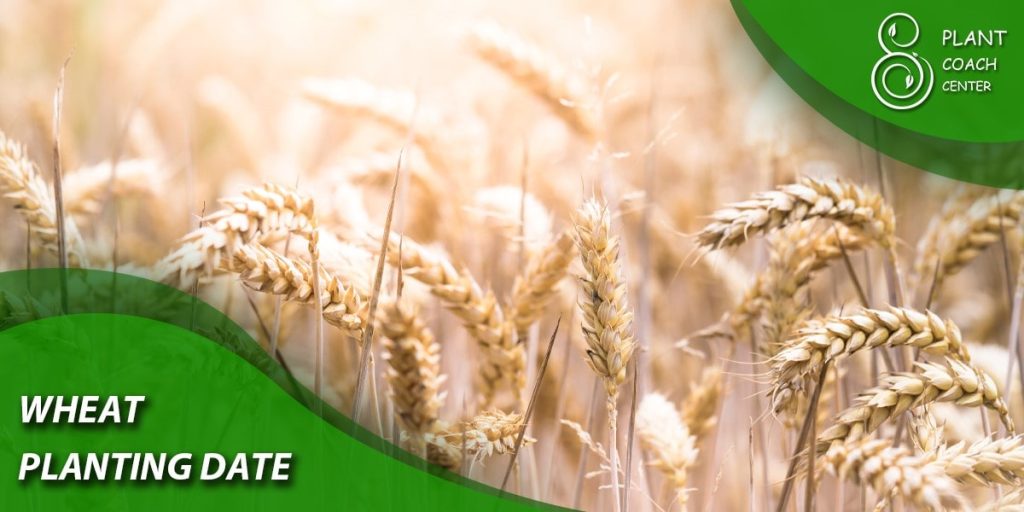
Determining the Best Planting Time for Wheat
Choosing the right planting time is a critical decision that impacts the entire wheat growing season. Factors such as regional considerations, soil temperature, and moisture levels play a vital role in determining the ideal planting time. Consider the following guidelines:
– Regional Considerations and Planting Zones:
– Identify the USDA Hardiness Zone for your region
– Consult local agricultural extension services for specific recommendations
– Soil Temperature and Moisture Levels:
– Optimal soil temperature range for seed germination
– Moisture requirements for successful seedling establishment
– Crop Rotation and Succession Planning:
– Consider the previous crop and its effect on wheat planting
– Plan for crop rotation to manage pests and diseases effectively
Soil Preparation for Wheat Planting
Preparing the soil properly before planting sets the foundation for a successful wheat crop. Follow these steps to ensure optimal soil conditions for your wheat:
– Soil Testing and Analysis:
– Conduct a soil test to determine nutrient levels and pH.
– Adjust soil pH and nutrient deficiencies based on test results.
– Soil Fertility Management:
– Incorporate organic matter to improve soil structure and fertility.
– Apply appropriate fertilizers based on soil test recommendations.
– Seedbed Preparation:
– Remove weeds and crop residue from the previous season.
– Use tillage practices suitable for your soil type and conservation goals.
Seed Selection and Quality

Choosing high-quality wheat seeds is essential for achieving a healthy and productive crop. Consider the following factors when selecting wheat seeds:
– Seed Source:
– Purchase seeds from reputable suppliers or certified seed producers.
– Ensure the seeds are adapted to your region and meet quality standards.
– Germination Rate and Purity:
– Check the germination rate and purity percentage on the seed label.
– Select seeds with high germination rates and minimal impurities.
Pre-Planting Weed Management
Effective weed management before planting is crucial to reduce competition and maximize wheat yield. Consider the following strategies:
– Weed Identification:
– Identify common weed species in your area.
– Learn about their life cycles and growth habits.
– Herbicide Options and Timing:
– Select herbicides based on the target weed species and label recommendations.
– Apply herbicides at the appropriate time to achieve optimal weed control.
Planting Methods and Equipment
Choosing the right planting method and equipment ensures proper seed placement and seed-to-soil contact. Consider the following options:
– Conventional Planting:
– Use a traditional seed drill or planter for precise seed placement.
– Adjust seeding rates based on variety, soil conditions, and yield goals.
– No-Till Planting:
– Employ no-till or minimum tillage practices for soil conservation.
– Use specialized no-till drills or planters for successful seed placement.
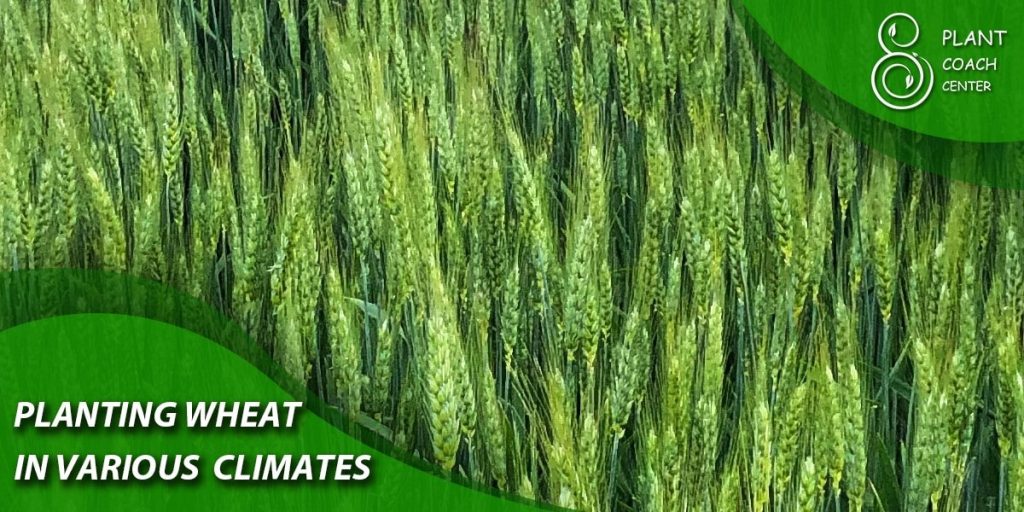
Planting Wheat in Various Climates
Wheat planting considerations vary depending on the climate of your region. Explore the following guidelines for different climate scenarios:
– Planting in Warm Climates:
– Choose heat-tolerant wheat varieties adapted to warm temperatures.
– Adjust planting dates to avoid excessive heat stress during grain filling.
– Planting in Cold Climates:
– Select cold-tolerant wheat varieties suitable for harsh winters.
– Plant early to ensure proper crop development before winter dormancy.
Managing Wheat Planting in Challenging Conditions
Planting wheat in challenging conditions requires special considerations and management practices. Address the following scenarios:
– Planting in Drought-Prone Areas:
– Opt for drought-tolerant wheat varieties and conserve soil moisture.
– Implement water-saving techniques such as supplemental irrigation or moisture retention practices.
– Dealing with Wet and Waterlogged Soils:
– Improve soil drainage through proper land leveling and tile drainage.
– Consider planting wheat in raised beds or using alternative crops in excessively wet areas.
Monitoring and Managing Wheat Growth
Monitoring the growth and development of your wheat crop allows for timely intervention and management. Implement the following practices:
– Assessing Wheat Emergence and Stand Establishment:
– Monitor seedling emergence and assess stand density.
– Identify factors that may hinder healthy establishment and take appropriate action.
– Early-Season Crop Management Practices:
– Implement timely weed control measures to minimize competition.
– Monitor nutrient levels and address deficiencies through fertilization.
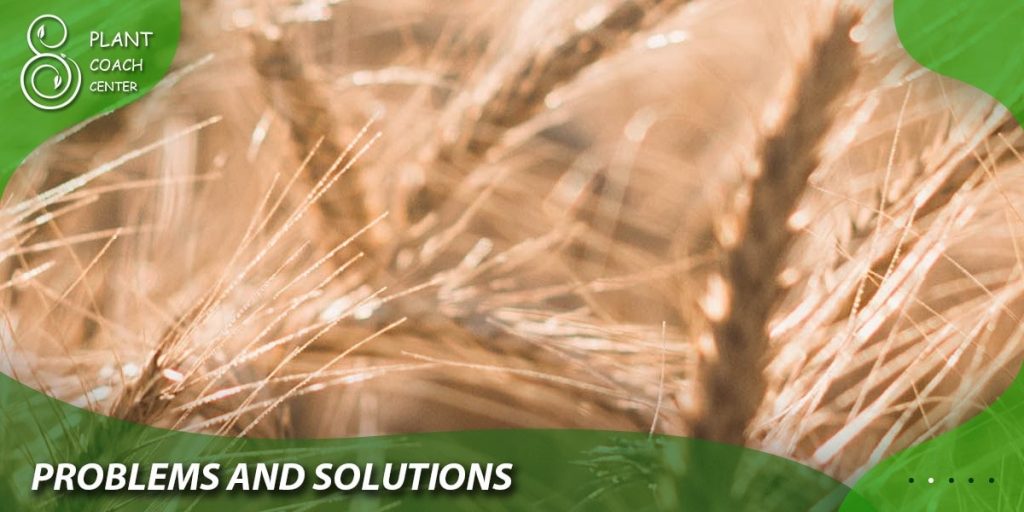
Common Wheat Planting Problems and Solutions
Wheat planting can encounter various challenges. Recognize and address these common problems:
– Pests and Diseases during Planting:
– Identify and manage pests such as aphids, wireworms, and seed-borne diseases.
– Follow integrated pest management practices for effective control.
– Troubleshooting Poor Germination or Emergence:
– Identify potential causes such as seed quality, soil conditions, or environmental factors.
– Take remedial actions, such as adjusting planting depth or addressing seedling diseases.
Crop Rotation and Wheat Planting
Incorporating crop rotation into your agricultural practices provides numerous benefits for wheat planting:
– Disease and Pest Management:
– Break the life cycles of pests and disease-causing organisms.
– Reduce the buildup of soil-borne pathogens specific to wheat.
– Nutrient Management and Soil Health:
– Rotate crops with different nutrient requirements to maintain soil fertility.
– Enhance soil structure and organic matter content through diverse crop rotations.
Harvest Timing and Post-Planting Considerations
Determining the optimal harvest timing and post-planting considerations are critical for maximizing wheat quality and yield:
– Wheat Maturity and Readiness for Harvest:
– Monitor grain moisture content and test for maturity indicators.
– Time harvest to ensure optimal grain quality and yield potential.
– Post-Harvest Residue Management and Field Preparation:
– Manage crop residues to reduce disease carryover and weed growth.
– Prepare the field for the next cropping cycle by implementing appropriate tillage or conservation practices.
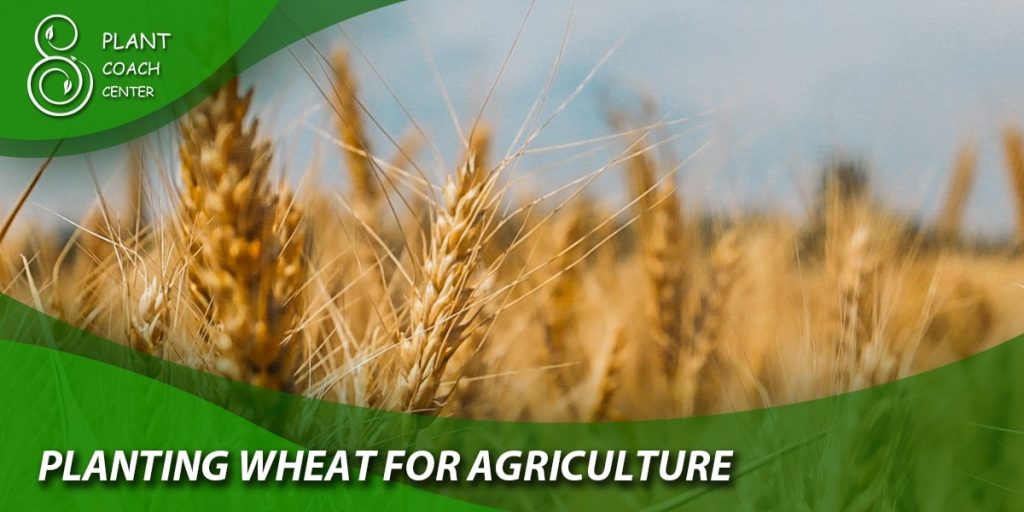
Wheat Planting Practices for Sustainable Agriculture
Adopting sustainable practices in wheat planting benefits both the environment and crop productivity:
– Conservation Practices for Reducing Soil Erosion:
– Implement erosion control measures such as contour plowing and terracing.
– Utilize cover crops to protect the soil during fallow periods.
– Incorporating Cover Crops and Sustainable Management Techniques:
– Integrate cover crops to improve soil health and nutrient cycling.
– Employ precision agriculture techniques for efficient resource utilization.
Case Studies: Successful Wheat Planting Practices
Explore real-life examples of successful wheat planting strategies from different regions:
– Case Study 1: Innovative Wheat Planting Techniques in a Warm Climate Region.
– Case Study 2: Sustainable Wheat Planting Practices in a Conservation-Minded Farm.
– Case Study 3: Overcoming Challenging Soil Conditions for Successful Wheat Planting.
Conclusion: Mastering the Art of Wheat Planting
In conclusion, successful wheat planting requires careful consideration of various factors such as climate, soil conditions, seed selection, and management practices. By understanding the growth stages, assessing regional and environmental factors, and implementing best practices, farmers can enhance their wheat planting endeavors. Remember to adapt these guidelines to your specific conditions and seek local expertise to optimize your wheat crop’s potential.
Remember to visit PlantCoachCenter.com for more information and resources on plant coaching and gardening tips.


